
by Karen Petrauskas | Jul 20, 2019
Many business owners use the common social media networks to raise brand awareness, Facebook, Twitter, Instagram, but how many people forget about LinkedIn?
LinkedIn is a fantastic place to raise your profile and is a powerful resource that you can tap into in order to grow your business and find new clients.
LinkedIn? Yes LinkedIn. People often think that LinkedIn is simply a place to add your CV online and that’s it. But that’s not the case, there is so much more to it than that. It’s a professional online community where you can connect with other business professionals, become known as a thought leader, show and share your expertise and get in front of people that are interested in you as well as your business – and it can be extremely powerful.
So, why LinkedIn for your business?
LinkedIn is a professional social channel where like-minded people can come together to network, gain advice, provide advice, or seek opportunities. The more you use the network, the more you will become known and the more opportunities will come your way, if you use it well.
Your profile is the core of everything and what information you put on there will influence the people that you connect with. You can use this for good or you can waste it but if you’re a business owner looking to grow your brand, using it wisely will be the better option!
 Your profile
Your profile
Think of your CV; career history, qualifications, skills, references, experience. Your LinkedIn profile is where all this can be put into one place online for others to see.
Many companies will search for clients (and it works both ways) on LinkedIn so this is the place where you can stand out from the crowd – if your profile is glowing with everything that person or business is looking for.
Get ahead
The secret to getting ahead with LinkedIn is to be visible and to ensure that your profile is complete. This may sound a simple thing to do, but it makes a difference. Many people fail to complete their profile, leaving gaps in their work history or forget to include skills that could be essential to a what a new client is looking for. Another simple step is that some people fail to make their profiles public which does not do well if you’re looking for clients!
In order to gain a 100% profile, complete these sections:
- Current Position and title
- At least two past positions
- Education
- Summary
- Specialties
- Profile Picture
- At least three to four recommendations
You can use the summary and specialties sections to describe your industry expertise along with skills or relevant experience that you’ve gained to get to where you are now.
It’s important that when writing your descriptions and summaries to use keywords that people will be searching for when they’re looking for your specific specialty. Include things that you’re passionate about, focused on and that drives you. People will see and relate to your enthusiasm and know that you have a passion for those things.
Remember that your profile is the most important part to complete. It provides the most valuable information for potential clients, networks and businesses to learn more about you, your skills and what you have to offer. It also gives people a chance to get to know you further before approaching you for your services.
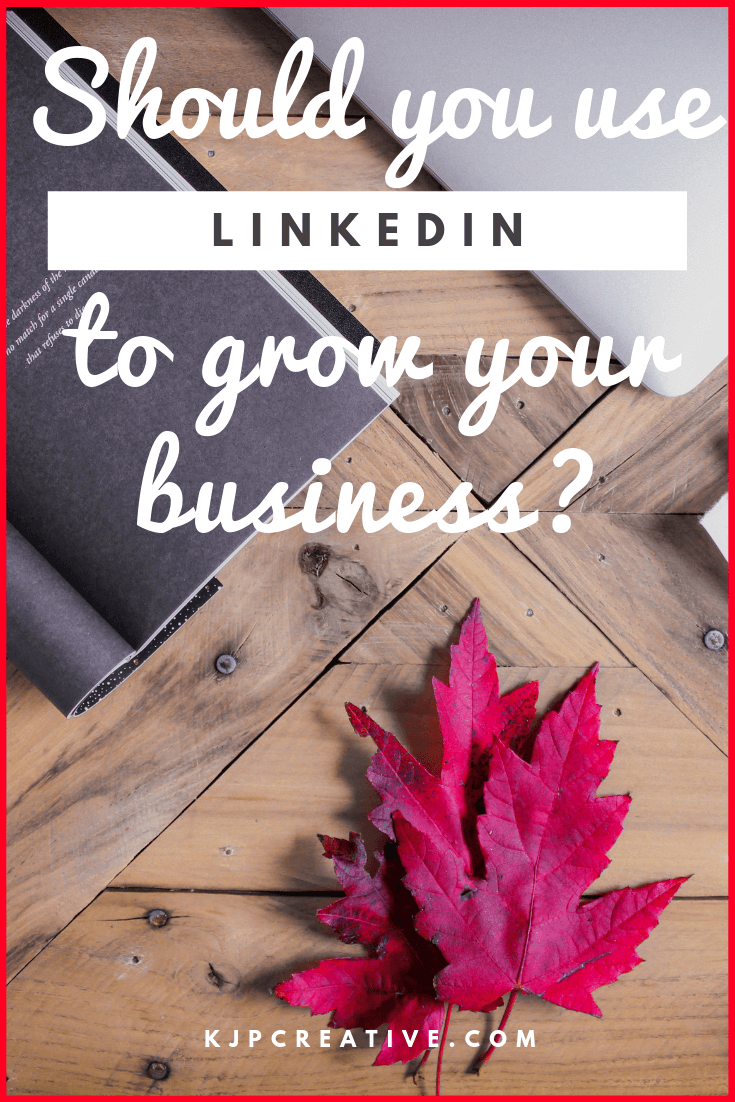
Business Page
This is the place to promote your business, to tell a story and to showcase what your business offers. Set up a business page that reflects all that you do and the services or products that you provide. Ensure that all your vital information matches what is on your website, on other social media platforms and Google. This enables the search engines to recognise and authenticate that you’re real and align your business with other places on the internet.
Just like you did on your personal profile, ensure that all the information is complete and it includes contact details for when people want to get in touch.
Once you have a business page, you can use it together with your personal profile to build on brand awareness. It’s not easy to get people to notice your business straight from the word go, you won’t have any followers or post likes and it can be hard to get noticed unless you’ve got some great keyword copy. Therefore, to make it work better, once you have posted something on your business page, share it on your personal profile. More people are likely to see it and if they like what they see, they will visit your page (and hopefully follow!).
Also, your business has a personality and a face behind the brand, you. Let people know who you are and what your business does through your own profile. Share your business page in your own newsfeed and shout about your services! Connect the two on a regular basis so people start to relate you with the name of the business.
A business page doesn’t have to be updated too often, especially if you’re a small business or just starting out. Once or twice a week will suffice if you are still engaging, posting and promoting on your own profile (ensure that your business page is a link on your profile). Your business page is simply a page of reference for those who want to find out more about your business. Don’t stress about not having enough time to post content all the time on there, your personal profile is more important.
People have the idea that LinkedIn is simply an online CV database or a place to look for jobs. But LinkedIn is so much more – it’s actually one of the biggest search engines online! It offers professionals a place to network and build relationships that they would not necessarily have done without the social platform. It a place to ask questions, gain expertise advice from leading experts and improve on knowledge and expertise yourself through learning and helping others.

Networking and LinkedIn Groups
If you’re at a place where you want to take on more clients or build upon your business relationships, LinkedIn is the perfect place to network. And there are groups for everything and anything you could possibly think of! You can find relevant groups through the search function.
Joining groups can help establish yourself as an industry leader and is often how connections become clients because they can see the knowledge you have and the value you are providing. This can help with any B2B relationships you may be trying to grow.
Joining general discussions can also be done straight from your newsfeed too or you can search for topics that you know you’ll be able to give input to. Just answering people’s questions or providing solutions can lead to much more than you think. People like to recommend people they know, like and trust. When you start to build a reputation around the people you’re communicating with, you’re putting yourself out there for other people to recommend your professionalism and services.
And networking or groups doesn’t have to be all work related, you can utilise LinkedIn groups for personal hobbies or interests too! Many relationships are built from outside the office and people who have hobbies in common also build trust through their conversations which can often lead to business interests.
When you know that a contract is coming to an end, or you’re simply trying to build a business with new clients, LinkedIn is a perfect place to find new life. By engaging with potential clients and providing value in all that you post or write, you’re showcasing your business and allowing others to see what you have to offer.

Show your passion
The enthusiasm and passion that you put into your content, whether that be your own content and posts, articles or within comments and discussions, will make people aware of how much you care about your specialist subject. When you are able to provide passionate answers that clearly show your knowledge and background experience, you’re indicating that you know that you’re talking about! People want to know that you care. People want to know that you’re good at what you say you’re good at. People will buy from people who can prove their capabilities. LinkedIn can allow you to express all your professionalism, personality, cares and desires all in one place! It’s not a platform to share your family holiday photos (unless it tells a relevant story), it’s a place to shout out to the world what skills and talents you have and how you can use them to provide value to others.
We personally love LinkedIn and think it’s a great place to engage with your audience. What do you think? Are you utilising LinkedIn for your business?
If you know you need to be on LinkedIn but are not sure where to start, we’d love to guide you through and help you get started. Contact us and let’s talk.

by Karen Petrauskas | Jul 4, 2019
Yesterday saw quite a few people go into panic mode while they were having trouble accessing Facebook, Instagram and WhatsApp following a glitch with the giant company. The problem resulted in people not being able to upload or send images across the platforms. 
The reason for the outage has not been confirmed although it could have been rooted in the systems that provide the content or computing power to all three, such as cloud processing.
While the systems were down, users were able to see the AI-generated captions behind the images, automated by Facebook to describe an image, for example “image may contain a person smiling” – this showed an insight into the data stored by Facebook that can be used for ad targeting, although this was not confirmed.
What can this teach us?
A good start is to be prepared in our social media marketing. You never know when a system is going to go down and to stay ahead of schedule can help eliminate some of the problems.
Using a social media management tool allows you to schedule ahead of time, not putting on the pressure when disasters happen. Although it’s still hard to be responsive when the systems are down, you can know that the majority of content is ready to go.
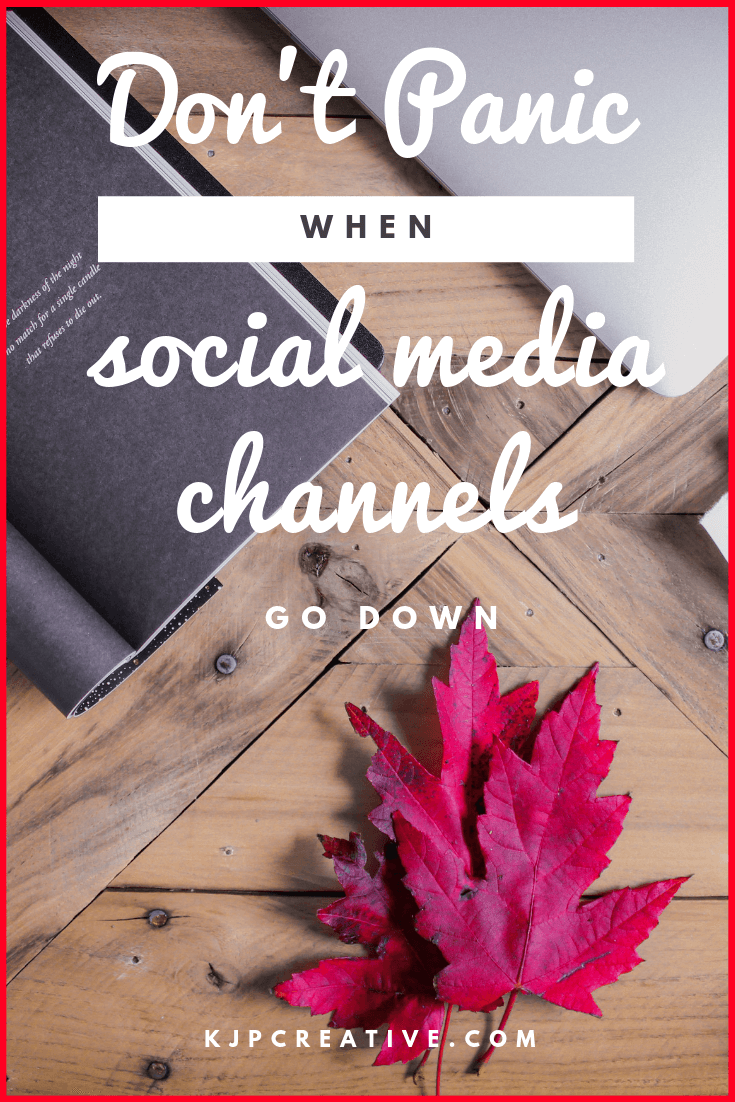
Don’t rely on systems
As much as we love social media, it’s still important to keep a personal touch in everything that you do.
By attending in-person network meetings and becoming known in social circles can go along way in building up your reputation and being a go-to contact when someone is seeking your services.
Plus is allows you to personal in your social media, when people know the real you in person.
Use the time as experience
When systems go down that we rely on, often we can go into panic and wonder ‘how’ we’re going to get around that situation. But in business there are always going to be ups and downs and it’s the way that you deal with problem and what you learn from it that matters. Not just focusing on the social media outage yesterday, but what other trusted sourced have let you down and how have you overcome that? When something happens, we can use these situations in our business plans and put steps in place to get around them the next time it happens.
Embrace the now
We’re a big believer that everything happens for a reason, whether it’s something you plan for, or not! So when the unexpected happens, that can be the time to embrace something new and try something different. And for this example, embrace the now in your marketing, you can take pictures of you doing business ‘offline’ and what you are doing instead, and then use these in your storytelling across your social once it’s all back up and running. You can let your audience know that although there may have been a glitch on social media – but they can still get hold of you other ways next time it happens.

Jump onto another social platform. One of the networks that you’re not so active in, you could use these to still keep your presence alive. Shout out and let people know that you’re still in business even if the networks aren’t!
Embrace whatever happens and use it to give your brand a relevance in the ‘now’ and let your audience know that you’re up to date with the latest news and happenings. 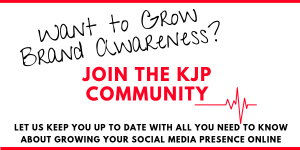
Don’t be negative
Whatever you do, try not to put a negative spin on your social media – people love stories, people love to know what’s going but they love positivity and inspiration and motivation – change a negative situation into a positive. Make it a challenge and not a stumbling block.
What were your experiences through the outage and have you used the time to tell a story or try something different? Let us know in the comments below.
For those who want to get organised in their social media planning, why not download our free social media 2020 awareness days calendar which gives you ideas and space to get organised as you think about the weeks and months ahead. Don’t let another outage stop you! It’s free – download now!


Are you a women in business? If so, join our Facebook Group and be supported by like-minded women who are looking to grow their business online and receive regular motivational and inspirational encouragement.

by Karen Petrauskas | Jun 27, 2019
What do you find is the hardest part of using social media for your business?
Most business owners will find that the hardest part of social media marketing is coming up with new content on a regular basis.
This could come down to not having the time to post, not knowing what to post or how to attract your audience with posts.
Lingering on these points alone will procrastinate your social media marketing and will slow you down. It could have an impact on other parts of your business too, if you spend too much time concentrating on this one aspect, or even if you get too stressed trying to figure it out, you run out of steam to carry on with anything else!
Creating content is not easy and it does come with practice. It’s a never ending cycle machine that needs to be monitored and fed, and also it needs some love. Finding the passion in your social media goes a long way to making it successful. It’s the same as anything, when you enjoy something, it works.

Should I just post ‘something’ to get content out there?
Many business owners fall into the trap of just posting ‘something’ so it looks like they’re on top of their social media. Anything is better than nothing, right?
Not necessarily. If you’re churning out content with no engagement or reactions, no new followers, no comments or shares – it’s not working. You are simply spending time creating content that has absolutely no impact on your business at all, wasting your precious time and causing you stress when you can’t get ‘something’ posted.
How do you know what to post on social media?
This is the part that you need to figure out – and this should only be a handful of things, preferably not the same content posted on every social platform out there. Once you’ve worked out what it is that works well, the rest will fall into place. It’s much better to do one or two things well and to see results from those actions, than to try and do lots of things not very well. One of the reasons we lose followers or people unsubscribe from our mailing list is that they are either bored with the content, or they feel that it’s not relevant or adding value to them. The key is in providing the value so the people are going to want to continue to listen and ask for more.
Therefore, to be able to post something well and make it relevant and with value, you must enjoy what you are posting about. When you don’t enjoy it, neither does your audience. The positive energy and the vibes that you give out from your content is an important factor in your social media marketing. You need to make your brand stand out from the crowd, make your content unique and by adding in your personality and spice you’ll give it an edge – the whole reason people choose to follow you rather than another business. 
What should I be posting about on social media?
When you’ve discovered what you’re enjoying and what makes you smile when you’re creating it (along with more and more people engaging with the content), that’s when you’ll know that you’ve found your sweet spot. Now it’s time to focus in on this and to make it the best it could be.
You’ve tried Facebook and managed to get a little engagement. Perhaps your friends and family still support your business page and like your posts, but the community isn’t growing. You post two or three times a day, spend ages creating beautiful images with captions. Share all the latest articles that you come across and even add in some of your blog posts… but still no engagement.
You jump over to Twitter and again share all the best news stories and retweet a few posts that you like the look of. Perhaps even follow a few more people in the hope that you get some love back. Tumbleweed… nothing.
So you head over to LinkedIn in a last attempt to get a little attention, perhaps you might get one like on a post and feel like you are still appreciated.
After all of this you are absolutely exhausted, completely overworked and have not achieved very much – sound right? So what have you done wrong?

Niche down and specialise
You’ve not done anything wrong per-se but you’re not giving your business the chance it needs to dig deep and find its perfect clients. After all your posting and content creation, you need to work out which is the right platform and what type of content fills you with joy; you’ll know when both are right when the content you create gives you a buzz every time you create it and you just love to talk about it and share.
This may mean that you’ve got to niche right down, you may even think that this will cut out half your audience and you’ll lose people, but that’s ok. As when you do specialise in a particular area and have a focus on your ideal clients, not a general overhaul of everyone you can imagine in a ‘just in case’ mindset, then you’ll start speaking directly to the people you want to reach.
Being too general can have a negative result even though it can seem the best thing to do to reach as many people as possible. As a young business, a startup trying to build a business, you need all the positivity you can get – and nailing down to a smaller specific audience will be beneficial and help with the success. When those ideal people start to see that you are sharing a solution to their specific problem or scratching their itch, they’ll start to follow you and engage in what you have to say. When this shift happens, you’ll discover the people that want and need your services and they’ll begin to share your content and recommend you to their communities too.
When you dig deep down, you may only find one social platform that suits your audience. For example if you are a B2B, LinkedIn might be a great place to connect with other business owners and to build relationships and to show your expertise. This will build trust and a familiarity of your brand. And when they realise that your services will give them value, they’ll come to you. No more hard-selling, no more pushing and knocking on doors. When you build a reputation for being an expert and offering value to those who need it, your business will grow organically.
What about the other social platforms?
We’re not saying that you have to dump every other social network that you’ve ever used and totally disappear from these sites. Customers are still searching for you on their favourite platform and having a presence is still a good idea. But why not spend 90% of your time focused on the platform that works for your business and 10% keeping up appearances on the rest? 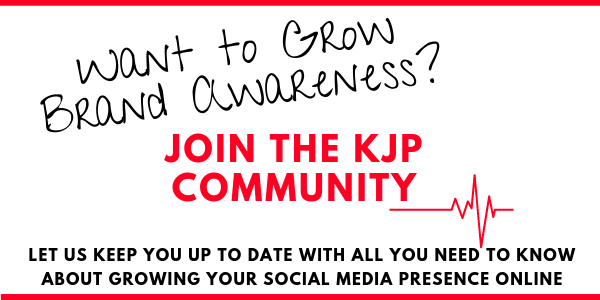
Using a scheduling or management tool for your social platforms will help with time management and give you a freedom to spend more time on the platform that you enjoy being on and communicating with the people that are more likely to become clients. If you realise that Pinterest or Instagram are your platforms of choice, we recommend Tailwind – you can try for free too!
Where do you go from here?
It’s all about using a working marketing strategy that you can work alongside and adapt as time goes on. Setting goals and targets, understanding your business objectives and knowing what you want to achieve. When you can answer these questions, finding the platform and creating the content will be a lot easier.
Don’t forget that we’re not all good at everything – we all have our own creativity inside but not everyone knows how to express that into social media marketing. If you’re looking for guidance and a creative spirit to come alongside your business and help you tighten the reins, we’d love to chat with you. Get in touch to start the conversation.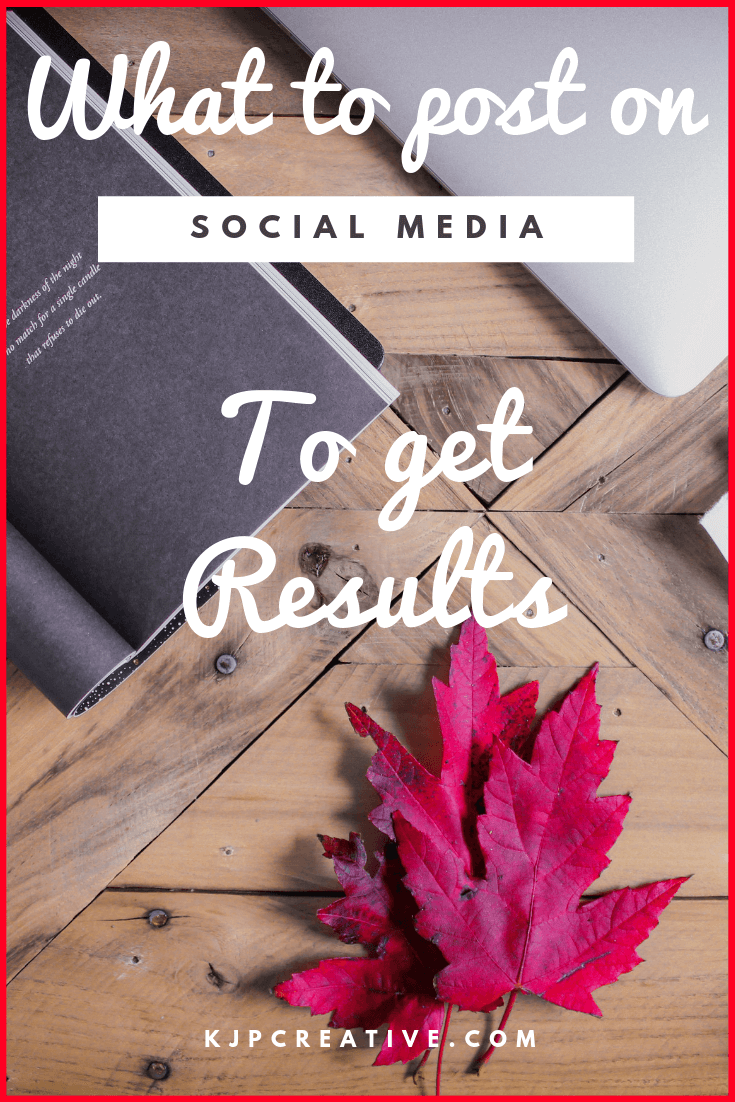
Why not start off with our social media checklist, giving you an idea of what you can achieve on a daily, weekly and monthly basis before you get started? Organisation is a good habit to get into! Best thing is, it’s free! Download now…

by Karen Petrauskas | May 18, 2019
What are the benefits of using social media for business? What impact can it have on your brand and is it worth the effort long term?
These may be questions that you ask yourself over and over again, but consider this – there are 2.77 billion social media users around the globe, that’s not something to take lightly. The people on social media are engaging with brands and businesses, they are following celebrities or influencers and they are making their purchase decisions right from the social platforms.
If your business is not on social media, you could be missing out on huge potential and the chance to engage and build relationships with many customers in an extremely cost-efficient way.
Let’s take a look at the benefits to using social media for business.
1) Brand Awareness
We all want to see our brand grow and become established. As a business owner you need to reach your customers where they are and to be where they hang out. With the large global number of people on social media, your audience is going to be on there somewhere. The more you post, the more active you are, the more times you push your business out into the social media world – the more chance there is of people seeing and hearing about you. When someone discovers and likes your brand, they will tell others about you, and the awareness and journey of your business begins.
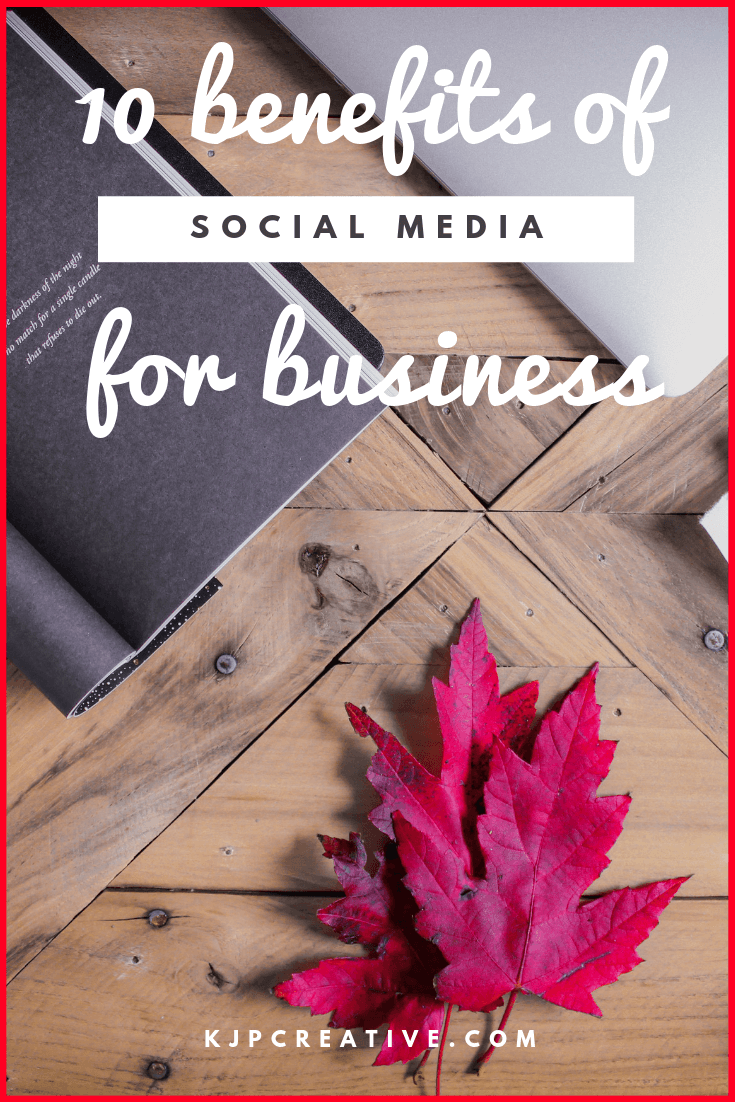
2) Become a Thought Leader
Whatever niche you are in, there are people searching the web for answers. The more you assert yourself and provide valuable content, the more content there will be available to be found by people looking for solutions. Social media allows your brand to grow and become established within an industry niche. It’s a way to build trust and relationships, it’s a way to engage with consumers and for them to know that you’re a ‘go to’ place for information.
If you’re looking to establish your brand in this way, LinkedIn is a great place to start. Network with people relevant to your industry. Provide answers in comments that can solve issues or problems. Give people a reason to trust and like you and you’ll soon become recognised as a thought leader if you are consistent and reliable in your approach.
3) Increase website traffic
When you create killer content, you want it to be seen by as many people as possible, otherwise what’s the point, right? Once you’ve created your content, you can use your social channels to promote it. Blog post, article, press release, offer, new team member – whatever it is that you want to shout about on your website, you can use social media to do it more effectively.
Not only do you need to create the killer content on your website, you need to write just as well on your social channels in order for people to want to click through to your site. And once they’re there, you want people to stay there for a little while. Although the incoming links and shares from your social accounts aren’t as great as authentic links from high-quality sites, they are still important for SEO purposes and help to rank your site on the search engines. And you want to rank high to be found!
The best way to think about using the two platforms together is by using both your website and your social media accounts to direct traffic from one to the other. Great content on website, promote it on social media. Great post on social media will drive a consumer to your website.
4) Generate and increase leads
What’s the point of getting a consumer to click from social media through to your website? The ultimate goal is usually to gain sales. The more leads (people) you have that discover your site, the more chance of them being interested in what you have to say along with liking your brand. If they like your brand, there is a higher chance of them purchasing from you.
Not only thinking about the sales aspect of your business though, the exercise of generating leads is extremely important. It creates a database of people that are interested in your brand. It’s a resource that you can tap into when you need to. Most of the social media networks provide paid advertising ways of providing lead generation – and always worth a try if you have the budget to do so.
5) Faster and easier communication
Communicating via social media is great for responding to customers in a quicker and more effective manner. People are after ‘instant’ and that applies to questions they may have about your brand, about your product, or anything… if they can’t get an answer, it’s just as easy for them to go to the next business on the list. Many businesses miss out on opportunities when they either do not have a social media presence, or they have it and are not using it effectively.
Now it’s even easier to contact a business, file a complaint or provide a positive feedback experience. As a business you have a responsibility to be where your audience is and communicating with them on a level which they feel comfortable on.

6) Great customer service experience
As with the above point, having a faster and easier communication line going, customers can have a better journey with your business. The user experience is an important factor to get right. Lose the customer on the first hurdle and it could be hard to get them back.
By using social media for business, you are providing a way for them to communicate with you at any step of their journey with you. When they first hear about you, when they want to ask about your services, or if they have something to discuss – providing great customer service goes a long way. And if a person is happy with your services, they are more likely to recommend you to a friend. Loyalty and trust are built on relationship, use your social media as your customer service help desk.
7) Create engagement
Social media allows you to engage directly with your customers or followers. It’s a safe place for them to interact with your brand and to provide a two-way street between you and them. Unlike offline communications where often it can be one-sided, social media provides a way to have a dialogue or to engagement with you as a business.
This allows them to get to know you, what your business is about and if you can provide them with value. If they engage and interact, if they share your posts or like and respond to comments, you’re creating people who respect your brand. The more engagement that happens, the more changes there are of building on that relationship and in turn, building your business.

8) Learn about your customers
The more a person engages with you, the more information you can obtain about them. Social media generates a lot of information about a person, the longer they use the channels and the more they interact with posts and brands.
By utilising the analytics functions on all the platforms, you can create a picture of your audience and angle your content directly towards what they are looking for. If you tailor your content to what the audience wants, you’re providing them with value. When a customer sees value, they start to trust you.
Encourage your followers to engage in your posts, ask them questions to gain responses and insight, learn more and more about their needs – and then use the data to create a perfect environment for them to take a step forward if they want to.
9) Keep on top of competition
You’re not the only brand out there doing what you do! Even if you think you are, there’s probably more competition than you realise. Social media gives great opportunity to keep an eye on the competition and to see what they are doing. If you can see that what they are doing works, use their ideas. Note, we didn’t say ‘copy’ their ideas! But if something has been tried and tested and it works, there’s no reason to reinvent the wheel.
It’s also good to know what people are saying about your competition. If you find someone complaining about a service they have receive or a product they have bought, there is your opportunity to swoop in and let them know that you’re there to help.
Social listening is great for hearing about new product launches and offers and generally anything that relates to your brand. If you can stay up to date with the competition, you can stay ahead of the game.

10) Tell your brand story
Using social media is perfect to tell about your brand’s story or journey. It’s a place where you can be completely open and honest, share the heart of your business and its core values and mission and be transparent to your audience.
Every business has a story. Every brand has a journey. Social media gives you a platform to share that story and to make your brand unique and stand out from the crowd above all the other competition that is out there.
You can use different social platforms to tell the story, you can use one form of medium to tell the lot, but be consistent in whatever you choose and allow you potential customers to get to know and love who you are and what you stand for.
You can also share the stories of people who buy your products or services, again building on brand awareness, customer service and engagement to create a fuller picture of what your business is about. 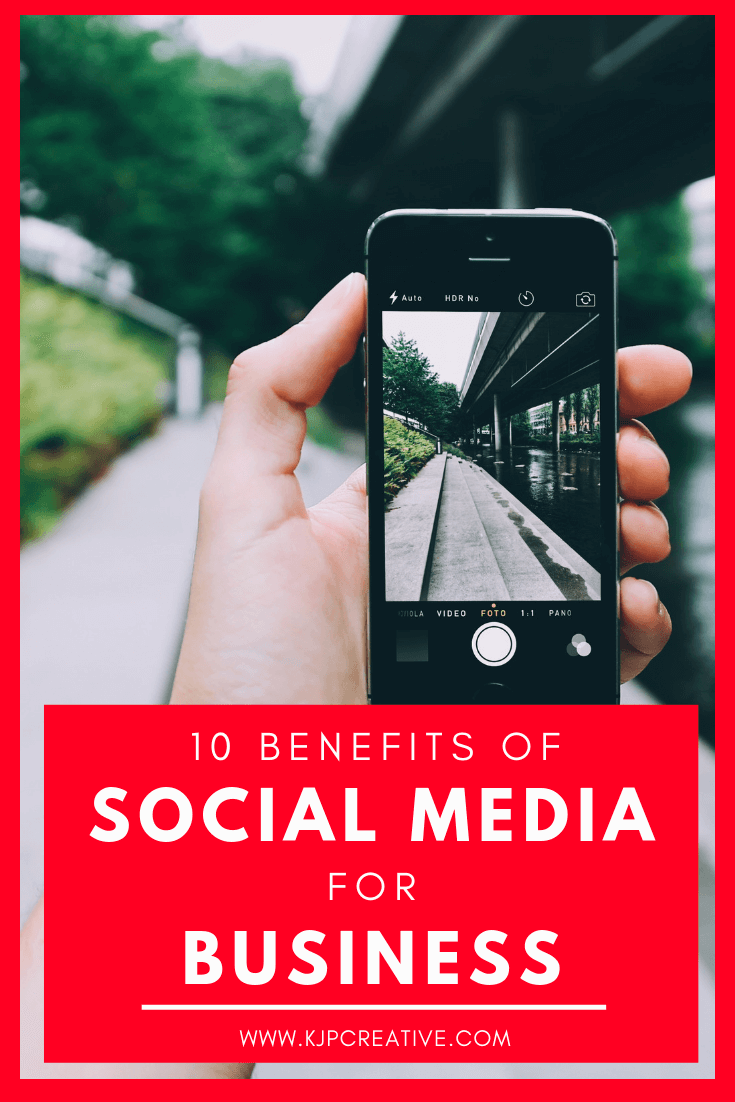
People love a story, what’s your story?
KJP Creative is an online marketing agency, specialising in social media management and there to help business of all sizes grow their online presence. If you’re looking for guidance in creating a social media strategy for your business or help managing your social media, we’d love to speak with you. Get in touch and let’s talk!
You can also download our social media checklist to ensure you don’t miss the basics when it comes to your social media marketing. A daily, weekly and monthly checklist to help you grow your business using social media.

Did you enjoy this post? Please comment below 👇

by Karen Petrauskas | Apr 26, 2019
If you’re ready to take action in your business and see results come in, you need to take that extra step further. Social media coaching could be your solution.
If you’ve read all the blogs, scanned all the articles and downloaded all the eBooks and cheat sheets your mind can cope with, you’re either ready to explode or you’re on your way to being ready to take action in your business.
Often the first step is the hardest step and crossing that line can be a large bridge to jump – but how worth it once you have!
Social media marketing / online marketing is a huge mine field and finding the areas that work well for your business can feel extremely daunting however when you start to work on your social media platforms and discover what is working (and what is not), we promise it gets easier to whittle down a path that will guide your business to see successful results. And the good news is that once you know what you’re doing and you have the right tools and support, it becomes an easier task to manage.
So, what can help you bridge that gap to help your small business – or even larger organisation if you’ve not yet mastered a successful social media presence – in reaching your audience (your ideal avatar), attracting them to interact with your brand and then leading them through to sales?
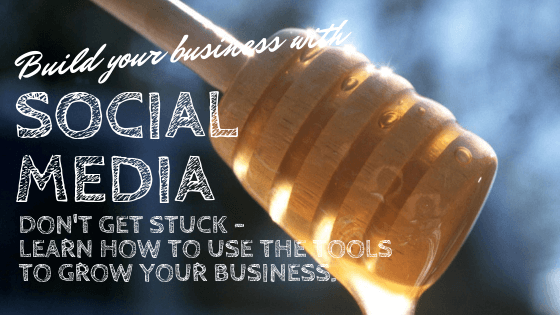 It’s about digging deep into the core values of your business, it’s about truly understanding what your customers are looking for, understanding their needs and problems (even if they don’t think they have a problem); your job is to find and provide their solutions while always adding value.
It’s about digging deep into the core values of your business, it’s about truly understanding what your customers are looking for, understanding their needs and problems (even if they don’t think they have a problem); your job is to find and provide their solutions while always adding value.
There is so much material available on the internet about how to achieve success, but unless you actually take action and believe that you can achieve that success, it will not happen. Fact!
You have to get out of bed on a daily basis knowing that you are going to make a difference. You need to find the perfect person / mentor / or ‘thing’ that will motivate and inspire you to push forward and guide you in doing things the right way.
We all have our own way of managing stress, getting past a hurdle or just getting on with life – and the same goes for managing our motivation and dedication to reaching and attaining our business goals.
We want to tell you that you need to take action TODAY. Not tomorrow, not next week, not when you have money in the bank, not when the kids have got through school… you need to take action NOW!
“Don’t put off until tomorrow what you can do today.” – Benjamin Franklin
Don’t you just love this quote! Motivation at it’s best… and that’s what you need to keep striving.

Here’s a few ideas on how to get started and how you’re going to see results.
Find a business mentor
When you’re good at something, you’ll feel happier. That will have a knock-on effect to your personal and business life meaning that the happier you are, the more likely you’ll be to get better, progress and achieve more.
When you find the right mentor, they’ll be interested in where you are, what you’re doing and give you attention when you have a ‘yes’ moment encouraging you to see more of them! They are aligned with your best interests and want the best for you.
Finding a good mentor will boost your confidence and help you feel better about yourself.
Business Coaching
A mentor is there to support and encourage you. However, a business coach will also guide and help you to get smarter about the way that you do business. This will include all factors of your business from strategies, to relationships to opportunities and more.
A business coach can help you get from A to B and fill in the gaps in between. They can assist in giving you clarity and vision in your business and help you to see what steps you need to take in order for things to happen. They will help you take action
 Social media coaching
Social media coaching
If you put the above two points together and find yourself a social media coach (hint: we can help!), you’ll have a mentor and coach who can help you dig deep into your digital marketing needs, focusing on what you love, what makes you tick and what steps you’ll need to take to make your business grow.
By working one to one, you can build a relationship of trust, accountability and nurture in order to take action in your social media marketing and create content that relates directly to your ideal audience.
If you’re not ready for one to one coaching, there is always an option for group coaching sessions which still gives you accountability but may help with any confidence issues or not wanting to go it alone. Group sessions are great for bouncing ideas off each other, by learning from what everyone is doing and the results they see, along with being able to share your journey and help encourage others with your own story.
We fully believe that working with a social media coach is a great step to take if you’re ready to take action, push forward and watch your business grow. There’s no need to struggle alone, you don’t need to sign up to every mailing list in case you miss a prominent piece of information, your coaching sessions will work specifically with your business and follow a path that will work for you, not necessarily someone else.
When you meet your marketing and business goals and when you see an increase in business growth, you’ll be more confident to keep going and keep striving. When you’re happy, when you’re confident, when you understand how to market your business – THEN you will see great results. 
Are you ready to take action?
We’d love to chat with you if you can resonate with the above. We want to start you on a journey that you wish you’d started years ago!
1-2-1 or group social media coaching – we’re here to help at the click of a button! Get in touch today.
And if you’re still looking for something to read to get motivated in your business, read our free eBook “Get Out Of Bed & Start Your Business” – it’s our gift to you.
Have a fantastic day!


 Your profile
Your profile























 It’s about digging deep into the
It’s about digging deep into the 



